

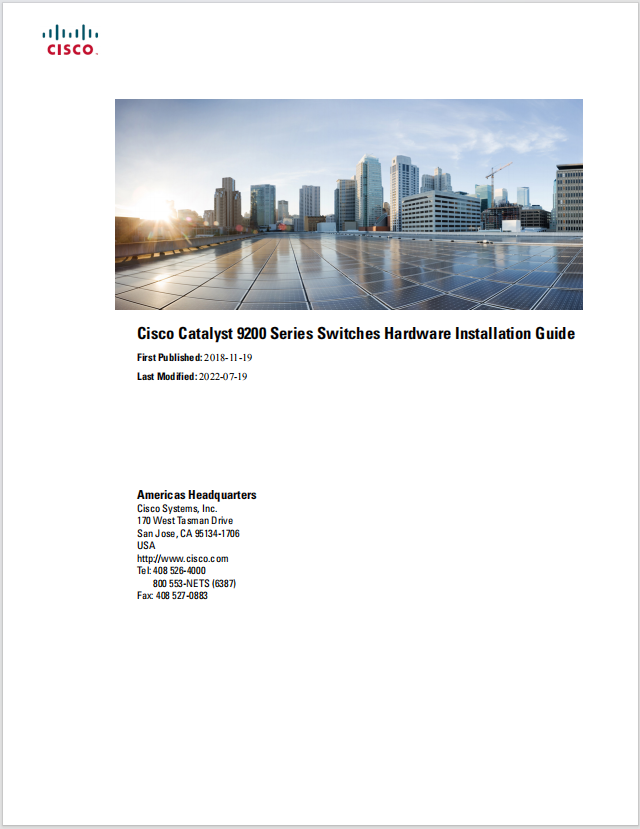
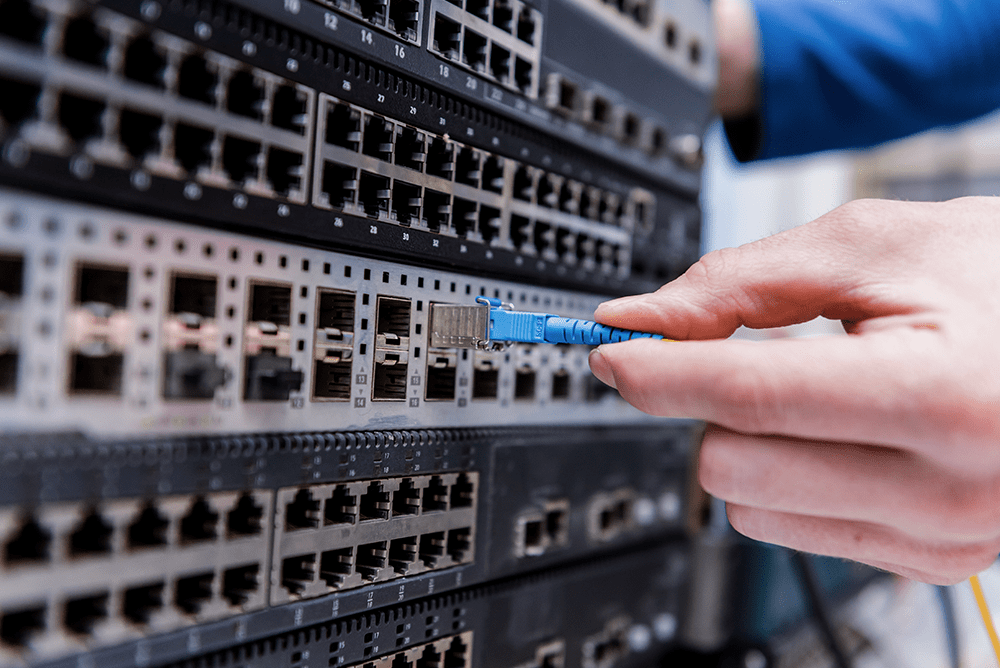
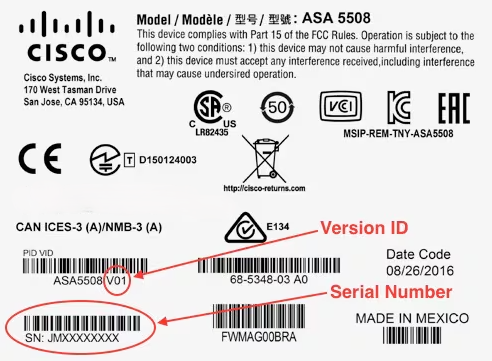
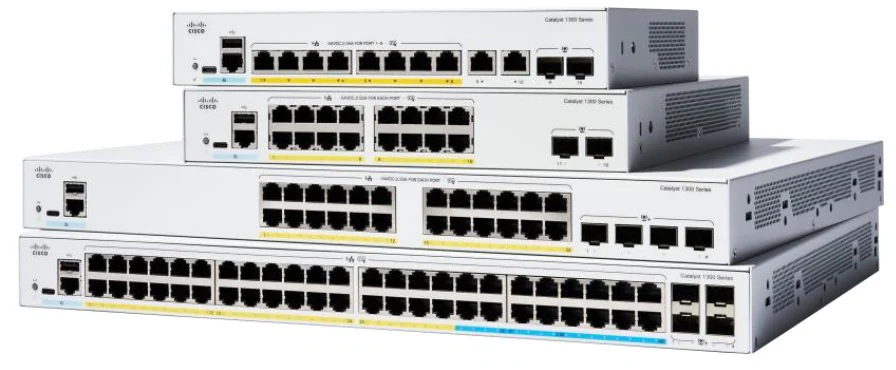


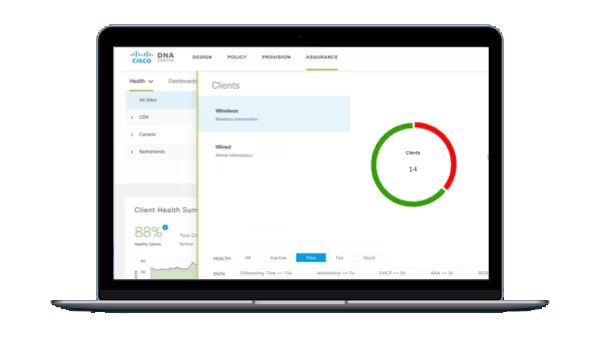
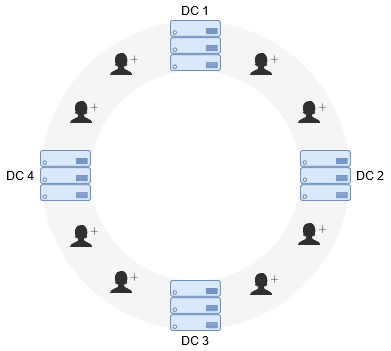




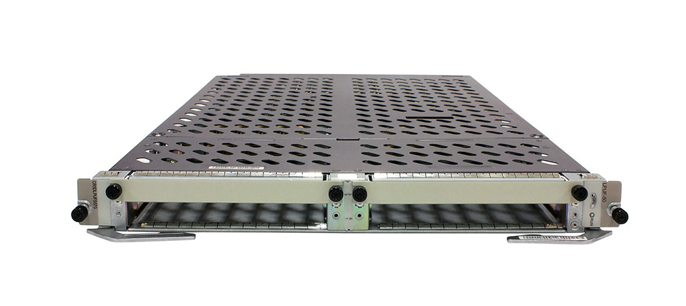


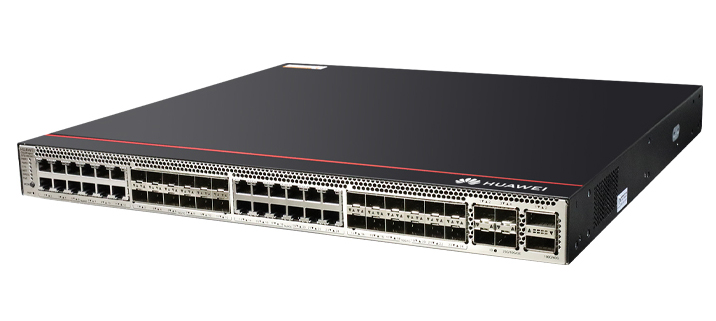
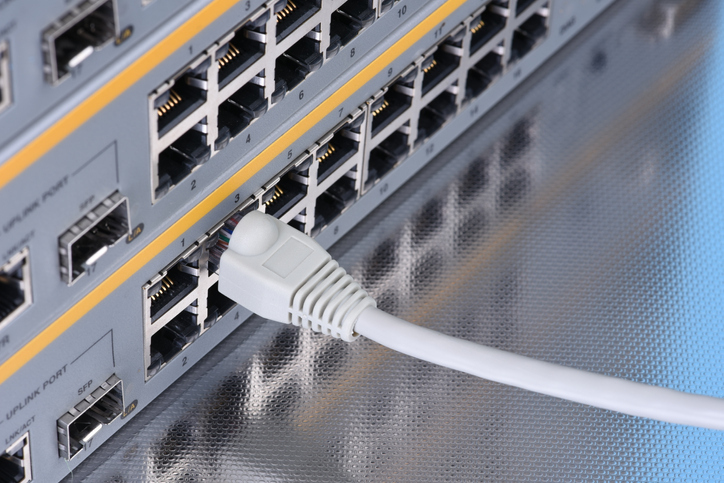

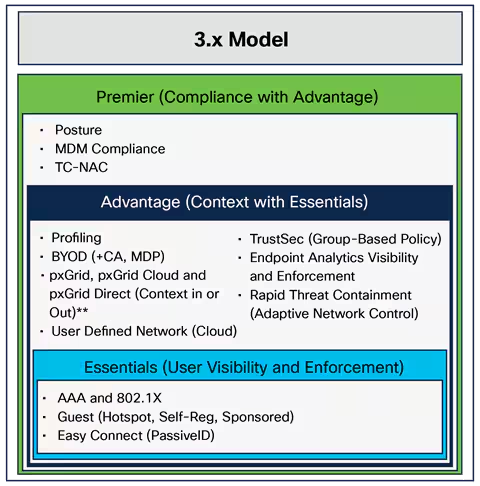




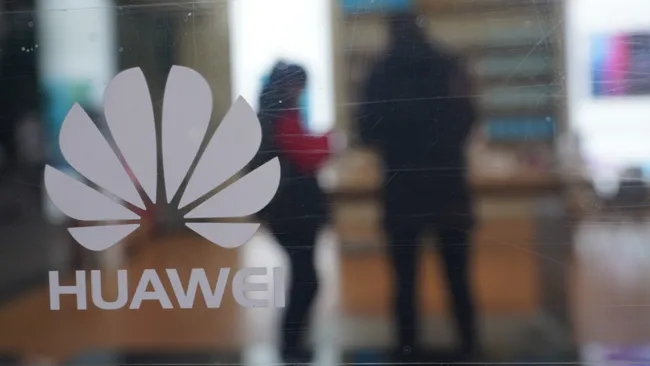
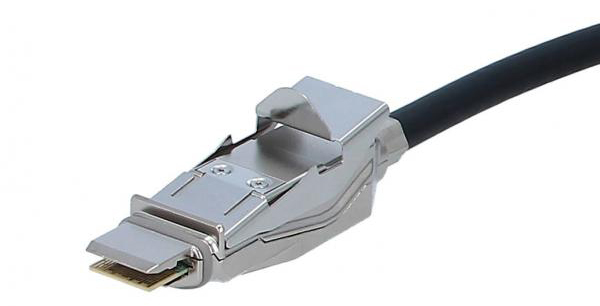
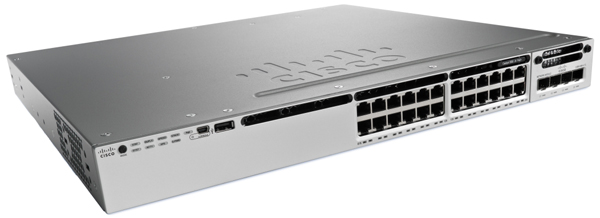

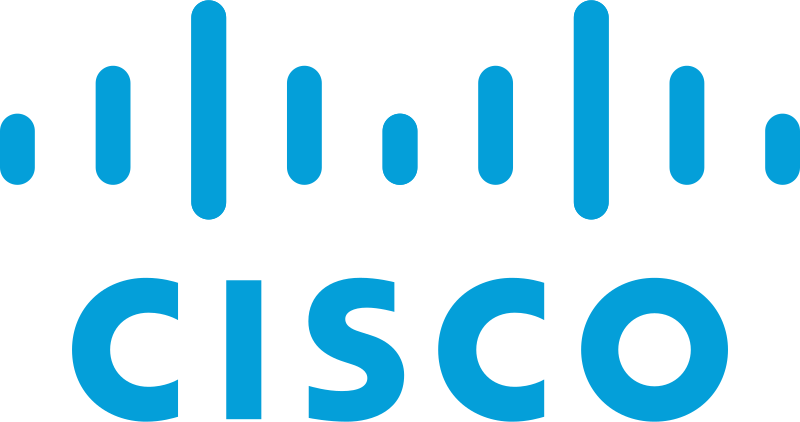
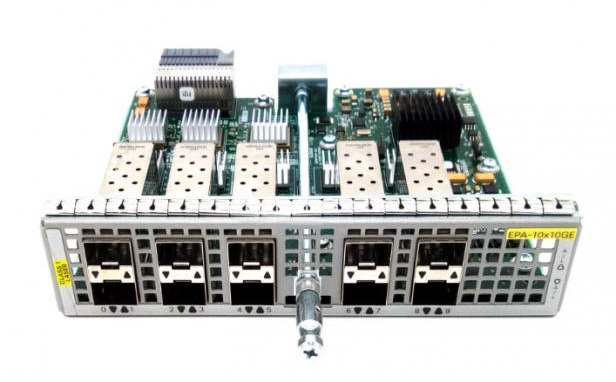
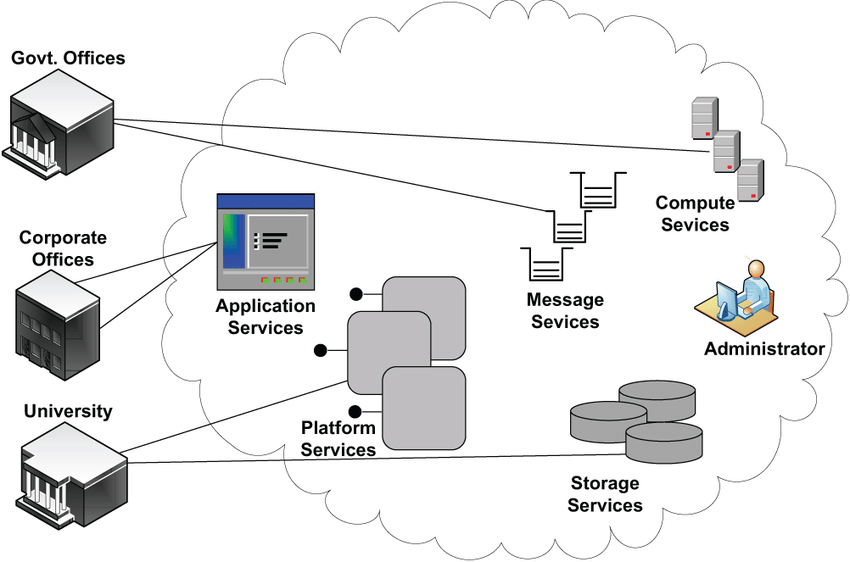

In the world of technology, hardware and software evolve rapidly, and products eventually reach a point where they are no longer supported by the manufacturer. This stage is known as End-of-Life (EOL). For businesses that rely on network infrastructure, understanding the implications of EOL for critical components like the Cisco Catalyst 1300 Series switches is essential for maintaining operational efficiency and security.
This article will explore what Cisco Catalyst 1300 Series EOL means, its impact on your network, the timeline of the EOL process, and strategies for managing and transitioning from these switches.
End-of-Life (EOL) is a term used by manufacturers, including Cisco, to denote the point at which a product is no longer sold, supported, or maintained. EOL is part of the product lifecycle, where the manufacturer shifts focus from older products to newer, more advanced ones. Once a product reaches EOL, the manufacturer ceases to offer regular updates, technical support, and warranty services for that product.
For Cisco Catalyst 1300 Series switches, EOL signifies the end of a product's viability within the Cisco ecosystem. Businesses using these switches must consider the implications of EOL on their network infrastructure, especially concerning security, support, and future scalability.
Cisco follows a structured process when declaring a product EOL, providing customers with ample time to prepare for the transition. Here’s a breakdown of the typical stages involved in the EOL process:
The first stage in the EOL process is the End-of-Sale (EOS) announcement. Cisco officially notifies customers that the Catalyst 1300 Series switches will no longer be available for purchase after a specified date. This announcement usually comes months, if not years, before the actual EOS date, giving organizations time to plan.
After the EOS announcement, there is a window during which customers can place their last orders for the product. This period is known as the Last Date of Order (LDO). Once this date passes, the product will no longer be sold by Cisco or its authorized partners.
Following the LDO, Cisco will eventually stop releasing software updates and patches for the Catalyst 1300 Series. This stage is known as the End of Software Maintenance Releases (EOSMR). Without these updates, the switches are more vulnerable to security threats and bugs that may arise.
After EOSMR, Cisco ceases routine failure analysis for the hardware. This means that if the switches develop faults or issues, Cisco will no longer conduct detailed investigations to determine the cause or provide repair guidance.
The final stage is the End of Support (EOS) date. After this date, Cisco no longer provides technical support, warranty services, or replacement parts for the Catalyst 1300 Series switches. At this point, the product is fully retired, and businesses must have an alternative solution in place.
The EOL of Cisco Catalyst 1300 Series switches has significant implications for any organization using them. It affects various aspects of network management, including security, performance, and compliance. Here’s how EOL impacts your network:
One of the most pressing concerns with EOL hardware is the lack of security updates. After the EOSMR date, Cisco will no longer provide patches for new vulnerabilities, leaving your network exposed to potential attacks. Cyber threats evolve constantly, and without these critical updates, your network could become a target for hackers exploiting unpatched vulnerabilities.
Post-EOS, Cisco will no longer offer technical support for the Catalyst 1300 Series switches. If your network encounters issues, you will be unable to rely on Cisco’s expertise to resolve them. This can lead to prolonged downtime and increased operational costs as you seek third-party support.
Once a product reaches EOL, the manufacturer ceases all warranty services. If your Cisco Catalyst 1300 Series switch fails after the EOS date, you will be responsible for repair or replacement costs. This can be particularly expensive if the switch is critical to your network infrastructure.
Many industries are subject to strict regulatory requirements regarding data security and network management. Using EOL hardware can jeopardize your compliance status, as it may not meet the latest security standards or guidelines. This can result in penalties, fines, or damage to your organization’s reputation.
As your organization grows, you may need to expand your network infrastructure. However, with EOL hardware, integrating new technologies or scaling your network can become challenging. Compatibility issues between old and new equipment can lead to inefficiencies and additional costs.
When faced with EOL for a critical network component like the Cisco Catalyst 1300 Series switches, it’s important to have a strategy in place to minimize disruptions and maintain network integrity. Here are some strategies to consider:
Start by conducting a thorough audit of your network infrastructure. Identify all instances of Cisco Catalyst 1300 Series switches in your network and assess their roles. This will help you prioritize which switches need immediate attention and which can be phased out over time.
Once you’ve identified the switches nearing EOL, develop a plan to replace or upgrade them. Cisco offers a range of newer switch models that provide enhanced features, better performance, and longer support lifecycles. Consider upgrading to a newer series that aligns with your network’s current and future needs.
If immediate replacement is not feasible, explore extended support options. Cisco offers extended support contracts for some EOL products, which can provide additional time to transition while still receiving critical updates and technical support. However, this is typically a temporary solution.
In some cases, third-party vendors offer continued support for EOL hardware. These vendors can provide maintenance services, parts replacement, and technical assistance even after Cisco has ended support. While this can extend the life of your equipment, it’s important to vet these vendors carefully to ensure reliability.
A phased transition allows you to gradually replace EOL hardware with minimal disruption to your network. Begin with the most critical components or those at highest risk and gradually phase out the remaining switches over time. This approach spreads out costs and reduces the impact on your operations.
For organizations with budget constraints, purchasing refurbished Cisco Catalyst 1300 Series switches can be a cost-effective short-term solution. Refurbished equipment is often significantly cheaper than new models and can extend the life of your current network setup while you prepare for a full upgrade.
Ensure your IT staff is well-trained on the new equipment or software that will replace the EOL hardware. This minimizes the learning curve and helps prevent configuration errors or network issues during the transition.
Upgrading from the Cisco Catalyst 1300 Series to newer models can seem daunting, but it’s an opportunity to enhance your network’s capabilities. Cisco offers a variety of switches that can replace the 1300 Series, each designed to meet different performance and scalability needs. Here’s a look at some of the options:
The Cisco Catalyst 9000 Series is one of the most advanced lines of switches available today. Designed for modern, cloud-driven environments, these switches offer enhanced security features, automation capabilities, and support for the latest networking protocols. They are ideal for organizations looking to future-proof their network infrastructure.
For organizations seeking a more direct upgrade path, the Cisco Catalyst 3650 and 3850 Series switches offer a familiar interface with improved performance and features. These switches support advanced QoS, flexible stacking, and robust security features, making them suitable for a wide range of network environments.
For businesses interested in cloud-managed networking, Cisco Meraki switches provide a simple, scalable solution. These switches offer centralized management via the cloud, enabling remote monitoring and configuration. Meraki switches are ideal for distributed networks and organizations with limited IT resources.
The End-of-Life (EOL) process for Cisco Catalyst 1300 Series switches marks a critical point for organizations relying on these devices. While EOL can bring challenges, such as increased security risks, loss of support, and compliance issues, it also presents an opportunity to upgrade and enhance your network infrastructure.
By understanding the EOL timeline, conducting a thorough network audit, and planning a strategic transition, you can mitigate the risks associated with EOL and ensure that your network remains secure, compliant, and scalable. Whether you choose to upgrade to a newer Cisco model, extend support, or gradually phase out the old hardware, proactive management of the EOL process is key to maintaining a robust and resilient network.
Cisco Catalyst 1300 Series Switches
For Cisco product list and quote, please visit: https://www.hi-network.com/categories/cisco or contact us at www.hi-network.com (Email: [email protected])
 Hot Tags :
CISCO Switches
Hot Tags :
CISCO Switches